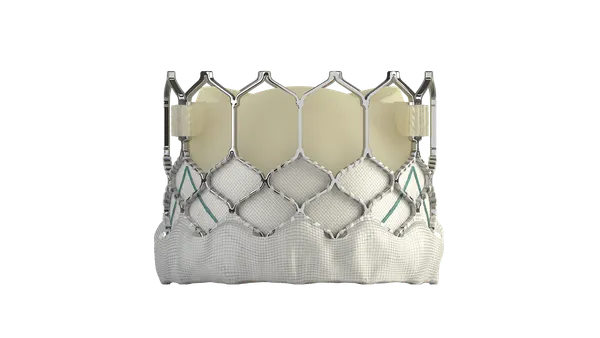Dive Brief:
- Teleflex announced it received FDA premarket approval for a device designed to seal femoral punctures following vascular access medical procedures and to speed wound healing.
- The Manta device is intended specifically for large bore femoral arterial access site closure. The company said its Safe Manta IDE clinical trial met all primary and secondary endpoints and showed that the device achieves fast, reliable wound closure with rapid hemostasis, or healing.
- Teleflex said it plans a measured launch of the Manta device in the United States this year to ensure strong initial outcomes.
Dive Insight:
Vascular closure devices offer an alternative to traditional manual compression for stopping blood flow from access sites for medical procedures. Abbott Vascular is one of the biggest makers of the devices.
Wayne, Pennsylvania-based Teleflex acquired the Manta technology last year through its buyout of privately held Essential Medical, based in Exton, Pennsylvania, for an undisclosed amount. The device was already on the market in Europe, having gained CE mark approval in July 2016. The company said more than 10,000 units have been sold in Europe over the past two years.
Femoral artery access is used in percutaneous coronary interventions for stent placement, transcatheter aortic valve replacement, and a range of other procedures. However, bleeding and vascular complications remain a substantial cause of morbidity, especially in patients undergoing large bore access procedures, according to a recent study by doctors at Wayne State University in Detroit.
Teleflex said the device has the potential to reduce bleeding complications during the interventional procedure. In the Safe Manta IDE clinical trial, the device's major complication rate, as defined by the study protocol, of 5.3% and VARC-2 major vascular complication rate of 4.2% compared favorably to suture mediated devices, the company said.
Teleflex said the device does not require pre-closure and results in rapid hemostasis, which saves time during the procedure and can reduce costs. In the Safe Manta study, the device achieved a median time of 24 seconds from deployment to hemostasis. The company said it expects the device to fulfill a clinical need in the structural heart and endovascular space.










